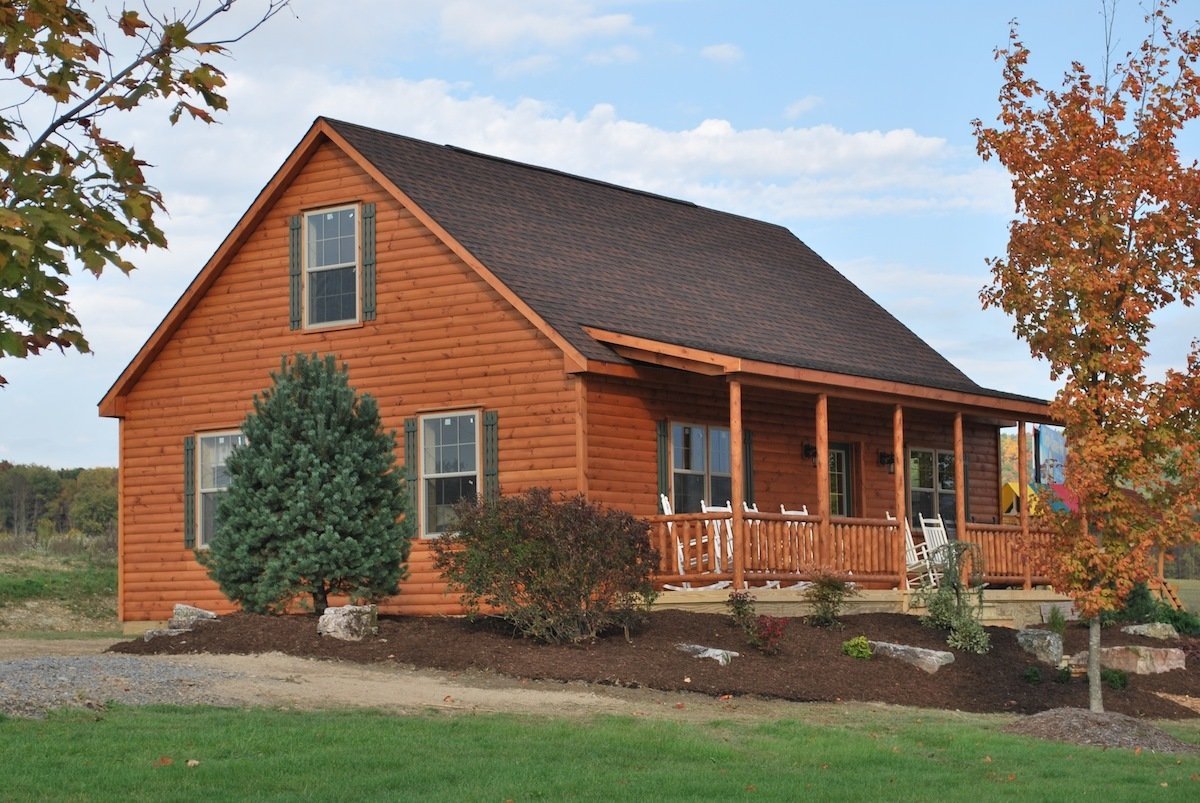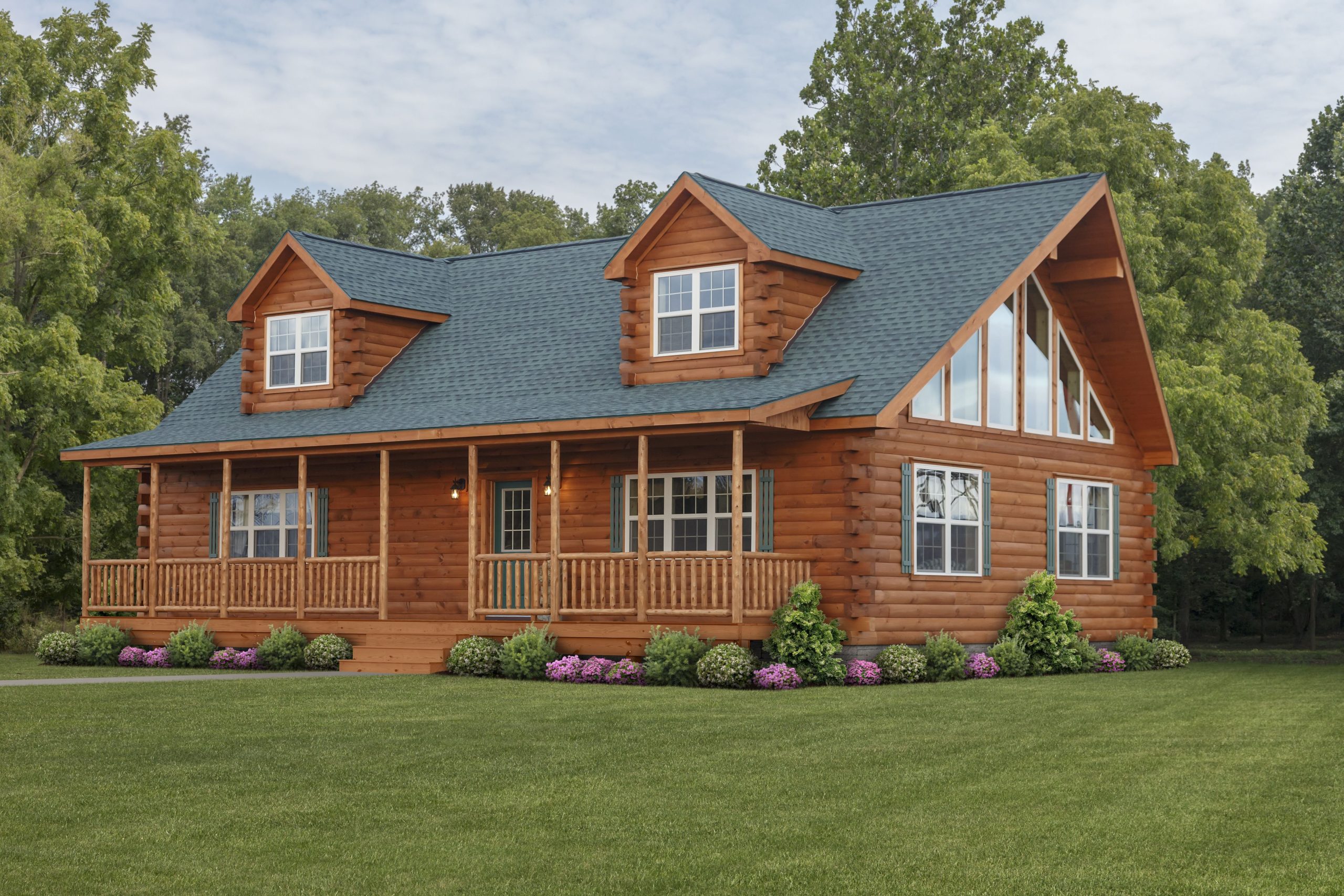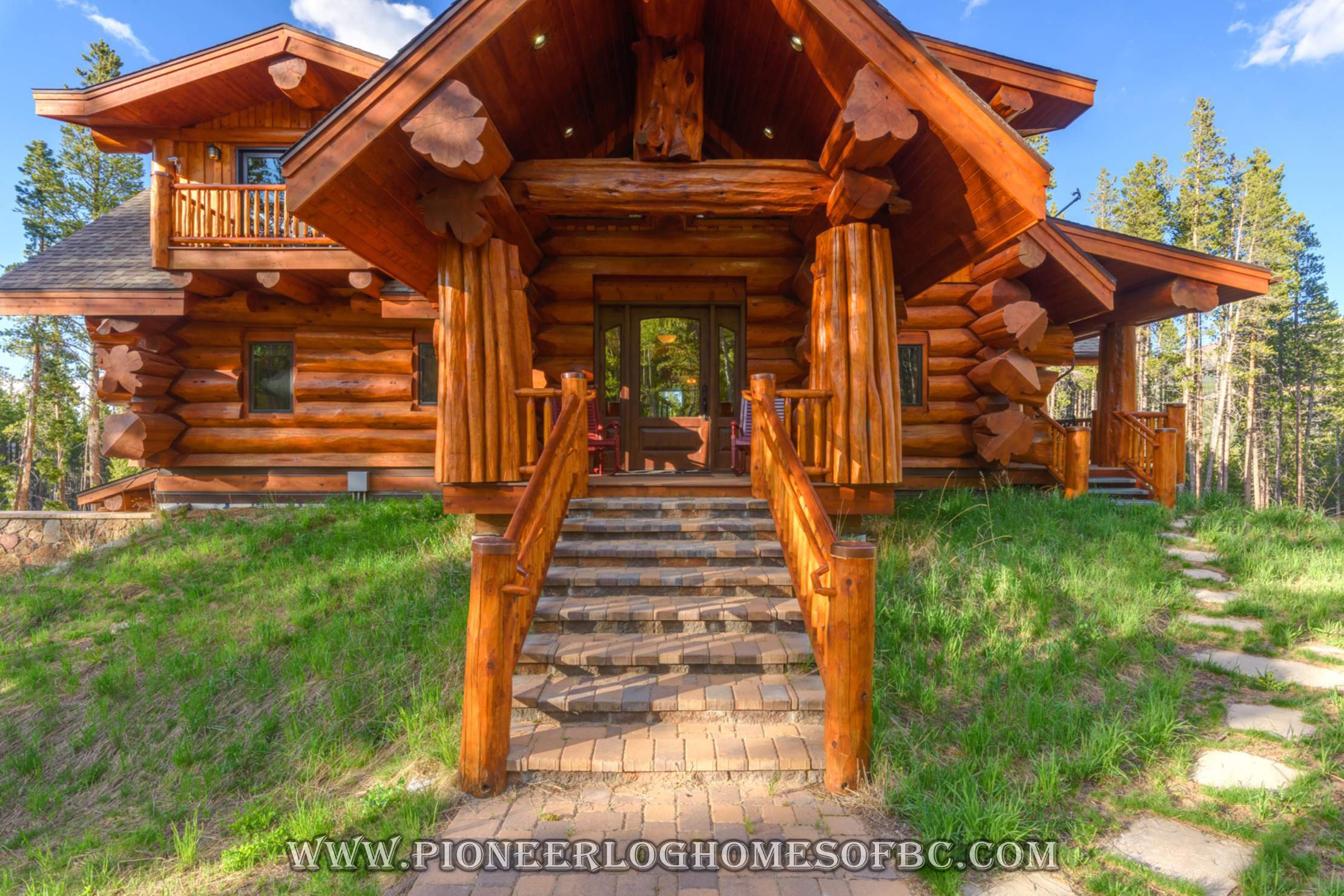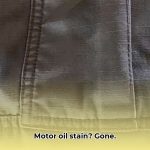[Are Log Homes Cheaper than Traditional Homes?] The allure of log homes is undeniable, evoking images of rustic charm and cozy comfort. However, many prospective homeowners are curious about the financial implications of building or buying a log home compared to a traditional stick-built home. In this article, we will delve into the intricacies of log home costs, examining the factors that influence their affordability and providing valuable insights to help you make an informed decision about your homeownership journey.
Key Takeaways:
- Log home costs: Timber frame homes are generally more affordable than full scribe log homes.
- Full scribe log homes: Include essential components such as the shell, delivery, reassembly, and basic features.
- Post and beam log homes: Focus on the structure and interior features.
- Factors affecting log home costs: Size, complexity, design, timber, materials, and labor play key roles.
- Comparison to traditional homes: Log cabin homes may be cheaper due to cost-effective materials and simpler construction. However, factors like location and customization impact costs.
Are Log Homes Cheaper?

Determining the Cost of Log Homes
The cost of building a log home can vary significantly based on several factors. Timber frame homes often have lower costs as they have fewer exterior timbers exposed. The complexity of the design, size, and type of timber used can also influence the overall price.
Log Home Options and Costs
For full scribe log homes, the cost typically includes the shell, delivery, reassembly, stairs, windows, exterior door, cladding, and hardware. Post and beam log homes generally include the structure, reassembly, and interior features.
Factors Influencing Log Home Costs
The size of your log home greatly impacts its cost. Complex designs add to the expense, with more corners and angles requiring more materials and labor. The type of timber used also affects the price, as some materials are more expensive than others. Finally, the materials used for the roof, windows, and finishes impact the overall cost.
Comparing Log Homes to Traditional Homes
Log cabin homes often have lower construction costs due to using economical materials and simplified construction techniques. However, it’s crucial to consider factors like the home’s size, location, and level of customization when determining its cost.
Evaluating Cost-Effectiveness
While log homes may have a higher upfront cost than traditional homes, they can offer long-term cost benefits. Log homes are energy-efficient, requiring less heating and cooling, and they require less maintenance, saving you money over the years.
Conclusion
Determining whether log homes are cheaper than traditional homes depends on various factors. By carefully considering the size, complexity, materials, and long-term benefits of log homes, you can make an informed decision about whether a log home is the right choice for you.
If you’re considering building a new home, you may be wondering if a manufactured home is cheaper than a stick-built home. Manufactured homes are often more affordable than stick-built homes, and they can be just as comfortable and durable. Discover more about the cost difference between Manufactured homes and stick-built homes.
Log homes have a unique rustic charm that many people find appealing. But are log homes cheaper to build than traditional stick-built homes? The answer may surprise you. Find out if building a log home is more cost-effective.
Ongoing maintenance and upkeep expenses
Ensuring your log home’s longevity and pristine condition requires regular and proactive maintenance. These ongoing expenses include sealing, chinking repairs, and addressing any water damage or insect infestations that may arise. A proactive approach not only minimizes future damage and costly repairs but also enhances the durability and comfort of your log home.
Key Takeaways:
- Regular maintenance, typically twice annually, is crucial for minimizing damage and reducing expenses.
- Maintenance costs vary depending on the size and condition of the cabin, emphasizing the importance of proactive monitoring and repair.
- Common maintenance tasks include sealing, chinking repairs, and addressing water damage to protect the cabin from the elements and pests.
Citations:
- Log Cabin Maintenance Costs: The Guide to Cabin Maintenance
- Log Home Maintenance: 9 Considerations for Upkeep
Energy efficiency and utility costs

Log homes have inherent insulation properties that contribute to good energy efficiency. Their thick, solid wood walls provide high thermal resistance, reducing heat loss in winter and keeping the home cool in summer. This can lead to significant savings on heating and cooling costs compared to traditionally framed homes.
Factors influencing energy efficiency:
- Type of wood: Different types of wood have varying R-values, which measure their resistance to heat flow.
- Wall thickness: Thicker walls provide better insulation and higher R-values.
- Log size and diameter: Larger logs provide greater thermal mass, improving energy efficiency.
- Sealing and chinking: Proper sealing and chinking can prevent air leaks and maintain the home’s insulation effectiveness.
Ways to enhance energy efficiency:
- Upgrade insulation: Add insulation to attics, crawl spaces, and rim joists to further reduce heat loss.
- Install energy-efficient windows and doors: Look for windows and doors with high R-values and Energy Star ratings.
- Use energy-efficient appliances: Choose appliances with Energy Star certification to minimize energy consumption.
- Plant trees: Trees can provide shade around the home, reducing heat gain in summer.
Utility costs:
The cost of utilities in a log home can vary depending on several factors:
- Size of the home: Larger homes require more energy to heat and cool.
- Climate: Homes in colder climates will have higher heating costs.
- Type of heating system: Central heating systems are generally more efficient than wood stoves or fireplaces.
- Usage patterns: The frequency and duration of energy use can significantly impact utility costs.
Key Takeaways:
- Log homes offer good energy efficiency due to their inherent insulation properties.
- Factors such as wood type, wall thickness, and sealing can influence energy efficiency.
- Energy efficiency upgrades can further reduce heating and cooling costs.
- Utility costs in log homes depend on size, climate, heating system, and usage patterns.
Relevant URL Sources:
- Energy Efficiency in Log Homes | Department of Energy
- The Energy Performance of Log Homes – Frontier Log Homes]
Resale value and market demand for log homes
Log homes have a strong resale value, often retaining their value better than traditional homes. They can command up to 30% higher resale prices, according to Realtor.com. This is because they offer unique, rustic charm, durability, and a connection to nature that many buyers find appealing.
In addition, log homes are becoming increasingly popular, driven by factors such as the growing desire for eco-friendly living and the increasing affordability of countryside living.
Key Takeaways:
- Log homes typically have higher resale values than traditional homes, with some reports suggesting up to 30% higher.
- Log homes are becoming increasingly popular due to their unique design, eco-friendly nature, and affordability.
- The demand for log homes is expected to continue growing in the future, as more people seek out alternative and sustainable housing options.
Sources:
- Log Home Appraisals: What You Need to Know
- Transparency Market Research: Log Homes Market – Global Industry Analysis, Size, Share, Growth, Trends, and Forecast, 2017 – 2025
FAQ
Q1: Are log homes generally cheaper to build than traditional homes?
A1: Log homes can be cheaper to build than traditional homes due to their simplified construction process and cost-effective materials. However, the overall cost depends on factors such as the size, location, and customization of the home.
Q2: What factors influence the cost of building a log home?
A2: The cost of building a log home is influenced by various factors, including the size, complexity, and design of the home, the type of timber used, the materials chosen for the interior and exterior, and the labor costs in the specific region.
Q3: Are log homes more energy-efficient than traditional homes?
A3: Log homes are generally more energy-efficient than traditional homes due to the inherent insulation properties of wood. However, the energy efficiency of a log home can vary depending on the size and construction methods used.
Q4: Do log homes require more maintenance than traditional homes?
A4: Log homes require regular maintenance, typically twice a year, to protect them from UV damage, water damage, insects, and air infiltration. Maintenance costs can vary based on the size and condition of the home but are essential to prevent further damage and extend the life of the home.
Q5: Do log homes hold their value better than traditional homes?
A5: Log homes often retain their value better than traditional homes, with resale values potentially up to 30% higher. This is due to their unique design, durability, and the increasing popularity of log cabin living.
- How to Measure Your Belt Size (for Women): 3 Easy & Accurate Methods - April 27, 2025
- How to Remove Permanent Hair Dye From Hair: Safe & Effective Methods - April 27, 2025
- How to Remove Ink from Leather: Effective DIY Methods and Expert Tips - April 27, 2025










